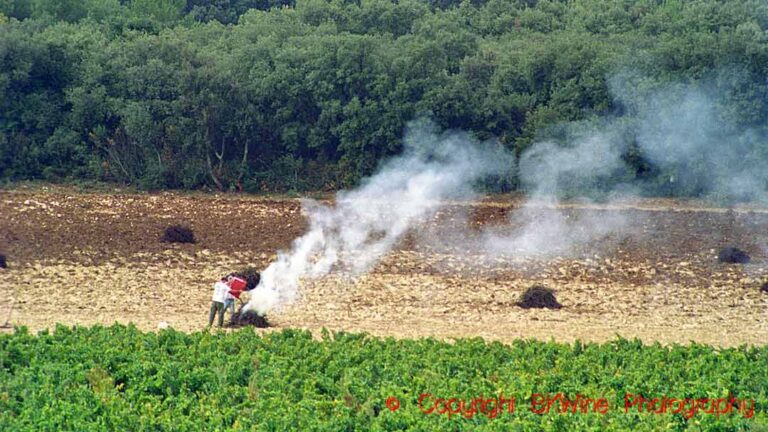
The biggest IGP appellation in France, the IGP Pays d’Oc, has allied itself with the two largest European manufacturers of concentrated grape must. Together they will fight against chaptalization and the unbalanced competition the they believe exist between the wine producers that are allowed to chaptalize (adding sugar) and the wine regions that instead add concentrated grape must to enrich their must. IGP Pays d’Oc requires that any addition of sucrose to the wine should be mentioned on the label.
So, what’s the difference? In both cases the aim is to artificially increase the alcohol content of the wine. Sucrose, that is beet or cane sugar, is not naturally present in the wine. Proponents of concentrated grape must therefore consider this addition better because, although also undeniably sugar, it is sugar that occur naturally in the must. Northern regions of France, such as Champagne, are allowed to chaptalize while the southern regions, such as Languedoc, must use concentrated grape must if they want to enrich their musts. Beet sugar is less expensive and the previous subsidies for concentrated grape must have now been removed.
Our position is as it has always has been. We do not consider any enrichment of the must desirable and particularly not in southern France.
Read more about the discussion of enrichment on lavigne-mag.fr.













2 Responses
Hi Britt, a message from Japan
It is very difficult to understand Wine Law.
My recent confusion is:
1 Chaptalization and Enrichment-strict definition; is it same eventually or enrichment is much broader definition?
2 Some region allows Adding sucrose but Not Rectified Concentrated Grape Must, and vice versa, right?
– Can I generally understand these exceptions by Regional Climate Zone such as A ~C III B?
– Is it due to wine law or only for subsidy purpose?
3 Can’t find relevant articles in EU wine regulations, it’s so complicated!
Do you have any book available at your shop to elaborate this matter simply and clearly?
1. Strictly speaking, chaptalisation is adding beet sugar and enrichment is adding any (permitted) kind of sugar. So, chaptalisation is one type of enrichment. However, many people use chaptalisation in a way identical to enrichment, meaning any type of enrichment. It can indeed be confusing. We prefer using the word enrichment.
That is also a political word game some wine producers play. Some wine regions forbid chaptalisation but allow adding MCR since it is “natural” sugar. that’s just deceptive. Sugar is sugar. It doesn’t matter what the source is. It is usually the regions who also produce MCR who play this game.
2. Yes that is correct, there are local regulations that limit the kind of sugar used. No, I don’t think there are any general and simple rules. There are both political and economic reasons for this. For example, if I remember right, enrichment with beet sugar is not allowed in Italy but is allowed (at least as a general rule) with MCR (rectified concentrated grape must). And Italy happens to be a big producer of MCR…
Allowing beet sugar but forbidding MCR sounds strange. It is possible that exists in some regions, but not sure why or where.
3. There are only the general rules that says that enrichment is allowed (with different kinds of sugar). I think it is also specified how much is allowed by climate zone. But local rules can then forbid it. That’s the important bit: the EU rules only gives the framework rules, then local rules for each appellation can restrict it further or forbid it.
I think we touch on it in the book on organic wine, but it is not a main subject. https://www.bkwine.com/our-books/biodynamic-organic-and-natural-winemaking-sustainable-viticulture-and-viniculture/introduction/
We also talk about it in our book on wine growing and winemaking but unfortunately it is only available in Swedish.
https://www.bkwine.com/our-books/the-creation-of-a-wine/